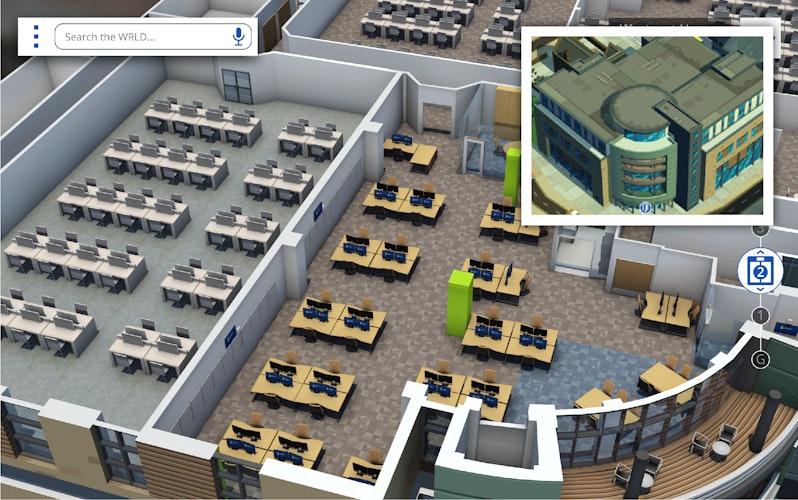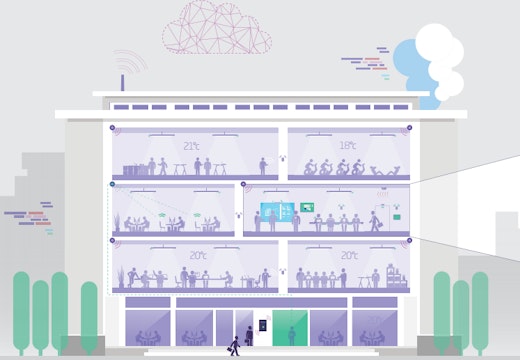Seeing double: how the digital twin is transforming facilities management
As the role of facilities management becomes more complex, developing technologies are shaping up to lend a hand in the form of the digital twin
The role of facilities management (FM) is changing rapidly. What was once a role reserved for building services management has now developed into a multi-channel position which encompasses aspects of IT and HR. As our expectations of building capabilities grow, so do our expectations of facilities managers. FM today considers the comfort and individualisation of workplace for every building user, while maintaining a degree of technological sophistication. Technology must be resilient in the face of the ever-present threat of cyber attack.
‘You can digitally ‘test-drive’ workplace scenarios before real-life implementation…’
So, what is the silver bullet which will help to revolutionise facilities management? For the first time we fully understand the capabilities of an all-encompassing solution that can consolidate all of these new aspects of FM services into one operable model which runs off personalised, accurate real time data – the digital twin.
The digital twin is a dynamic virtual representation of a physical asset. Created using machine learning and artificial intelligence, the digital twin uses real-time data to virtually depict how a building is operating, where it may require maintenance and how it could potentially respond to different stressors.
The digital twin enables facilities management to digitally ‘test-drive’ certain scenarios in the workplace before implementation in real life. Instead of spending countless hours weighing up the benefits of workplace change before it is physically installed, facilities management can jump to any moment in time within the buildings’ lifecycle and adapt aspects to help understand likely outcomes.
This tool allows FMs to future gaze and understand the impact of decisions before they are physically made, a tool which not many other roles have access to. It is a complex model which has been implemented in some mainstream workplaces today.
More in-depth research on the digital twin can be found in the Innovation Zone.








